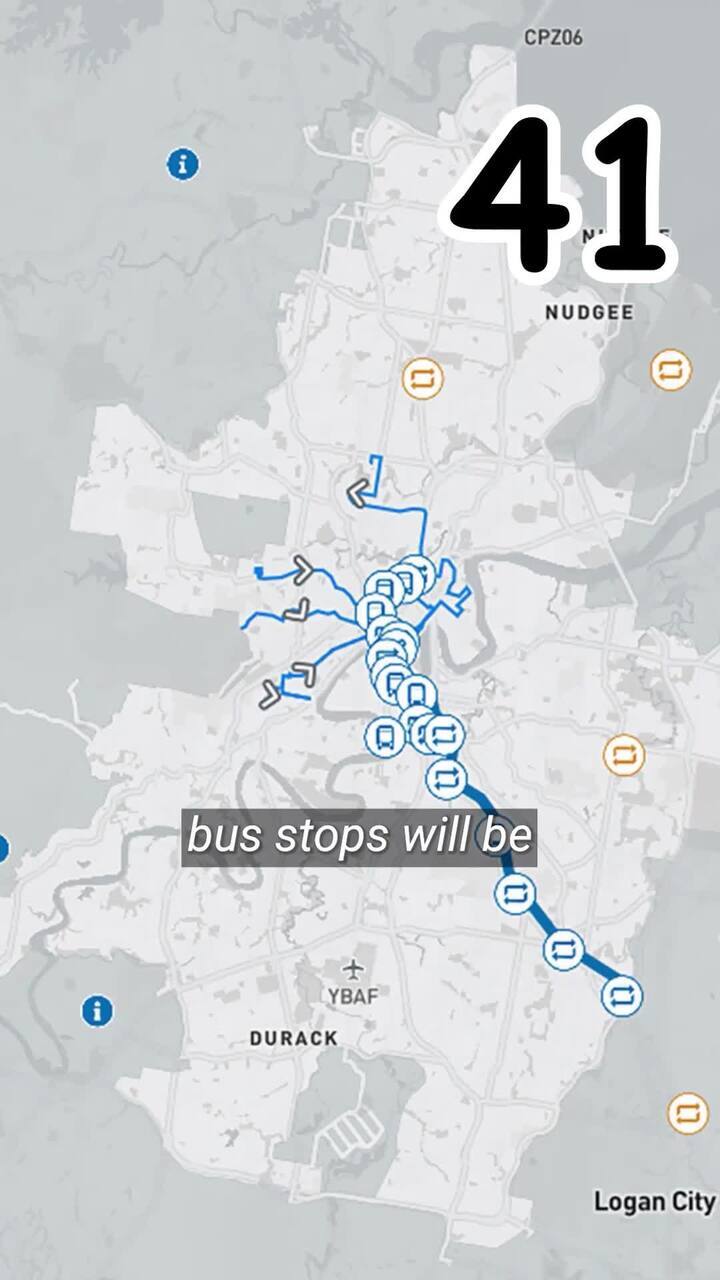Brisbane’s new bus network: List of pros and cons to the changes
Brisbane’s new bus network is facing a tidal wave of backlash – but is it fair? PROS AND CONS

QLD News
Don't miss out on the headlines from QLD News. Followed categories will be added to My News.
Brisbane’s new bus network is facing a tidal wave of backlash – but is it fair?
TransLink and Brisbane City Council are pressing ahead with the June 30 launch, leaving students, workers and workers fuming over longer commutes and increased stress.
The Brisbane New Bus Network, touted as a way to streamline inner-city travel, is leaving many feeling stranded.
While some routes promise faster travel times within the city, those who journey into Brisbane are bracing for a more complicated reality.
Griffith University students, for example, will no longer enjoy a direct route from Mount Gravatt to Eagle Lane.

Instead, they face a multistage journey involving an intercampus bus, a walk, and a second bus – a logistical headache many are struggling to comprehend.
But Brisbane City Council has argued the new bus network has 44 extra stops and has promised commuters travel times will now be shorter.
■ The total number of stops before Brisbane’s New Bus Network is: 6273
■ The total number of stops after Brisbane’s New Bus Network is: 6317
So what are the pros – and cons – from the looming changes?
THE POSITIVES
Improved efficiency and reduced congestion
The new network aims to streamline inner-city travel, potentially reducing congestion on major routes and improving overall traffic flow. This could lead to faster travel times for commuters within the city.
Enhanced connectivity
By restructuring routes, the network may offer better connectivity between key destinations, making it easier for commuters to access popular areas without needing to transfer multiple times.
Encouragement of public transport usage
The changes could encourage more people to use public transport as a viable alternative to driving, contributing to environmental benefits and reducing the city’s carbon footprint.
Modernisation of infrastructure
The overhaul may include updates to bus stops and infrastructure, providing commuters with more modern and accessible facilities, enhancing the overall travel experience.
Potential for future expansion
By reworking the current network, Brisbane City Council and TransLink may be laying the groundwork for future expansions, allowing for more comprehensive coverage and improved services in the long term.
... AND THE NEGATIVES
Increased travel times and complexity
With the decommissioning of 41 stops, many commuters may face longer travel times and more complex journeys, requiring multiple bus transfers to reach their destinations. This can lead to increased stress and inconvenience, particularly for those with tight schedules.
Reduced accessibility for certain areas
The removal of certain stops may result in decreased accessibility for residents in those areas, potentially isolating communities and making it more difficult for individuals to access essential services, work, or education.
Disruption to established routines
Commuters who have established routines based on the previous network may experience significant disruption, as they need to adapt to new routes and schedules. This can lead to frustration and dissatisfaction, particularly if the new network does not meet their needs as effectively as before.
Originally published as Brisbane’s new bus network: List of pros and cons to the changes






